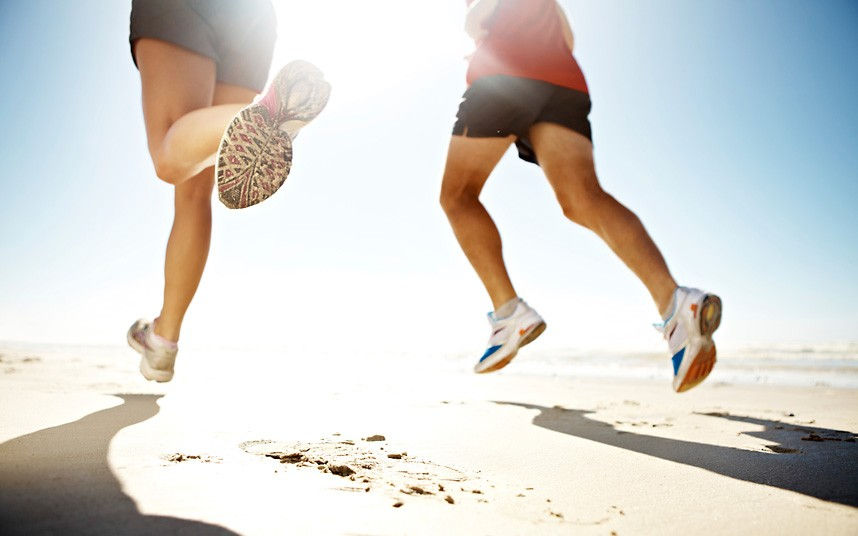Tips For Choosing Running Shoes
- geraldmcorbett
- Dec 30, 2016
- 2 min read
You may be attracted by most running shoes when standing in a store. However, you will realize some pairs of shoes are not perfect as their appearance. You will get the result just after several miles into your run. An ideal shoe will help you to avoid some disasters as runner's knee, foot pain, Achilles tendinitis, back pain, and other conditions. Read on this our article to learn more about choosing best shoes for standing all day. Here are some useful tips for you on how to choose the right pair.

Running Shoe Categories
Road-running shoes: This unit is designed for running on the pavement as well as on surfaces with slight irregularities. Besides, they are flexible and light. They are also suitable for repetitive strides on hard, even surfaces with the cushion or stabilize feet.
Trail-running shoes: These shoes are designed for running on the routes with roots, mud, rocks, or others. They provide the user the underfoot protection, stability, and support due to an aggressive tread for solid traction.
Cross-training shoes: These shoes are specially designed for those running in gym class or CrossFit workouts. And, they are also suitable for balance activities as well.
Types of Running Shoes
Neutral shoes: They can be able to provide some medical supports as well as some shock absorption. In fact, these shoes can work for both neutral runners and supinate people. Plus, some of them provide as much as 50% more cushioning than normal units owing to super-cushioned support.
Stability shoes: They are perfect for those who have to suffer from mild to moderate overpronation. They help to reinforce the area that is impacted by overpronation.
Motion control shoes: They are good for people suffering from both moderate and severe overpronation. These shoes come in stiffer heels and a straighter designed that helps counter overpronation.
Minimalist shoes: They are lightweight products with no a heel drop and arch support, but still provide cushioning and flex. So, they are suitable for a natural running motion. In addition, some of them offer stability posting in order to decrease the overpronating transition. With these shoes, runners can use for about 300 to 400 miles.
Running Shoe Fit Tips
Foot size: Depending on the manufacturer, shoes come in different sizes as well as shoe models. It’s important to measure exactly your feet when buying running shoes.
Try on shoes at the end of the day: You shouldn’t buy a too-small pair of shoes because your feet’s size changed throughout a day. They normally swell a bit during the day.
Aim for a thumbnail's length of extra space in the toebox: You need a bit of room for moving without rubbing even when shoe’s width should be snug. Don’t look for too tight ones.
Conclusion
In general, choosing a running shoe is not simple. An ideal pair must last between 400 to 500 miles of running. That means its life normally lasts from 3 to 4 months. Consult these above tips to find one that fits your need.







Comments